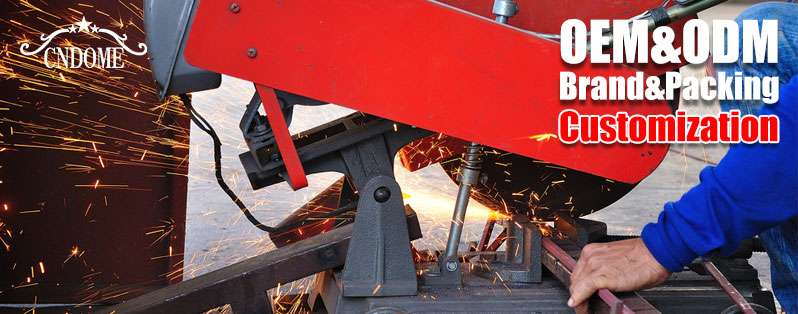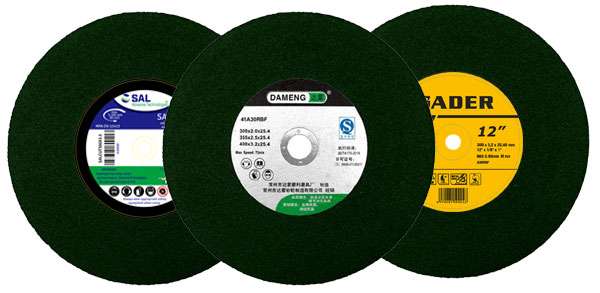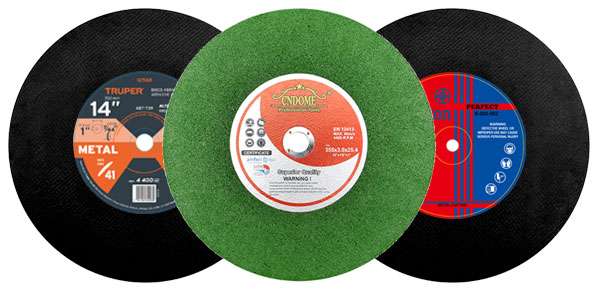When it comes to tile cutting, precision and efficiency are key factors to consider. Whether you’re working with ceramic, porcelain, or stone tiles, having the right cutting disc ensures clean, accurate cuts without chipping or breaking the material. In this blog, we’ll explore the types of cutting discs ideal for tiles, the materials they’re suited for, and some best practices for maximizing their performance.
Types of Cutting Discs for Tiles
1. Diamond Cutting Discs
Diamond cutting discs are the most popular choice for cutting tiles due to their durability and sharpness. These discs are embedded with diamond particles, making them tough enough to handle hard materials like porcelain and natural stone. They offer:
- Smooth cuts without chipping
- Longer service life, especially for tough tiles
- Versatility, as they work on various tile types like ceramic, marble, granite, and slate
2. Continuous Rim Blades
Continuous rim diamond blades have a smooth, uninterrupted edge, making them perfect for wet cutting. They are specifically designed for precision cuts in tiles and prevent chipping by providing a constant, smooth cut. These blades are best for:
- Wet cutting applications
- Thin tiles, where delicate precision is needed
- Avoiding overheating, as water cools the blade
3. Segmented Blades
Segmented diamond blades have gaps (segments) along their rim, allowing for fast, aggressive cutting. While they are more suited for dry cutting, they are not as smooth as continuous rim blades but excel in speed and versatility. These blades are suitable for:
- Thicker tiles, especially stone and concrete tiles
- Fast cutting in larger tile projects
- Dry cutting, although they may generate more dust
Key Features to Look for in Tile Cutting Discs
- Blade Thickness: Thin blades are ideal for detailed, precise cuts, while thicker blades provide better durability for more demanding jobs.
- Cooling Features: For longer-lasting discs, choose blades designed for wet cutting or those with heat dissipation features to prevent overheating.
- Arbor Size Compatibility: Ensure the disc is compatible with your tile saw or angle grinder. Most tile cutting discs have a standard arbor size, but double-check to avoid mismatches.
Best Practices for Using Tile Cutting Discs
1. Wet vs. Dry Cutting
Wet cutting is highly recommended for tiles, especially for harder materials like porcelain or stone. The use of water cools the blade, reduces dust, and minimizes the risk of tile cracking or chipping. For dry cutting, make sure to use segmented blades and follow safety precautions like dust control and protective gear.
2. Proper Speed and Pressure
When cutting tiles, avoid excessive pressure on the disc as this may cause the blade to overheat or the tile to crack. Instead, let the disc do the work, applying steady and moderate pressure while maintaining a controlled speed.
3. Safety Measures
Always wear protective gear, including safety glasses and gloves, to avoid injuries from dust, flying debris, or sharp tile edges. Also, ensure your workspace is well-ventilated, especially when dry cutting, to minimize inhaling dust particles.
Conclusion
Using the right cutting disc for your tile project ensures a professional finish and reduces the likelihood of costly mistakes. Diamond cutting discs, particularly continuous rim blades, are the go-to choice for clean, chip-free cuts, while segmented blades offer fast and efficient results for larger or thicker tiles. By following best practices, you can make your tile-cutting process smoother and more efficient.
Make sure to select the appropriate disc based on the tile material, project size, and cutting method, and you’ll achieve the perfect cut every time!



